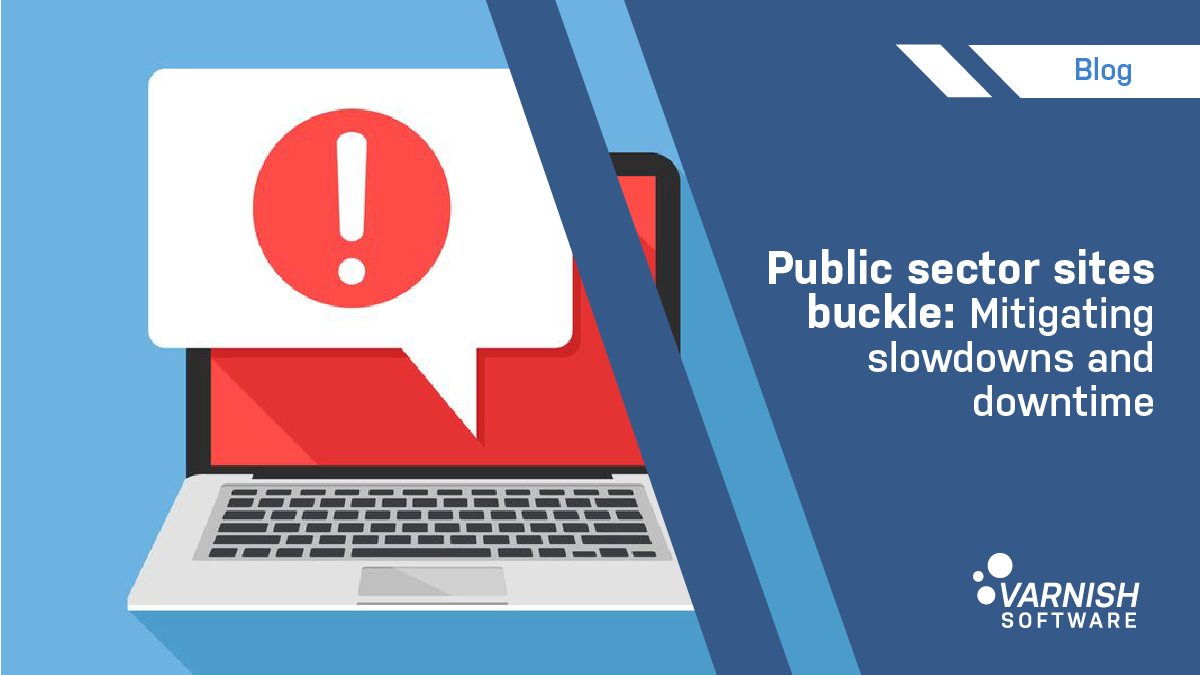Since the beginning of the coronavirus crisis, a smaller-scale crisis has emerged. Government and public sector websites tasked with some of the most important tasks in society, such as administering unemployment insurance claims and other benefits and providing access to crucial services, including applications for Covid-19-related financial aid, have buckled under the sheer weight of demand. Downtime has crushed essential sites globally, which have been overwhelmed by unheard-of levels of traffic.

- Washington state’s unemployment site went down under tremendous demand.
- Australian federal government site, MyGov, crashed when overloaded by users seeking coronavirus crisis payments
- New York State’s Department of Labor experienced slowdowns and crashes amidst rising demand for online filing. Similar problems have been experienced nationwide, with agencies in New Jersey, Ohio, Oregon, Pennsylvania and Colorado, among others, reporting downtime and slowdowns in service.
- The United Kingdom’s Universal Credit system was overwhelmed and users faced a long online queuing system
While e-commerce purveyors are used to, and usually ready for, being inundated with unpredictable traffic levels, government websites haven’t necessarily been as prepared in the face of an ongoing crisis, the likes of which the world has never seen (at least not since the dawn of the internet). Many businesses have withstood the pressures of additional users -- from streaming platforms to retailers. But most of these businesses have greater flexibility, relying on elastic cloud services that can scale up and down automatically, which is often not the case for public sector sites. Many of these rely on legacy systems (many built in the early 2000s) and have to add server capacity manually. The databases many of these systems run on are decades old and slow under the best conditions.
Keeping up
Without launching comprehensive (and often time-consuming, expensive) digital transformation initiatives, complex, aging public sector IT systems will not be replaced any time soon. But steps can be taken to mitigate outages and keep access to vital information and services up and running.
With high availability, Varnish enables content redundancy and protects the origin server(s), making outright downtime a thing of the past. With control over caching and caching policy, you can improve content delivery performance while securing uptime in peak traffic conditions.
If you’re interested in learning more about high availability and saying goodbye to downtime, get in touch with us to discuss, or take a look at our white paper, Varnish High Availability.
/VS-logo-2020-197x60.png?width=136&height=60&name=VS-logo-2020-197x60.png)

